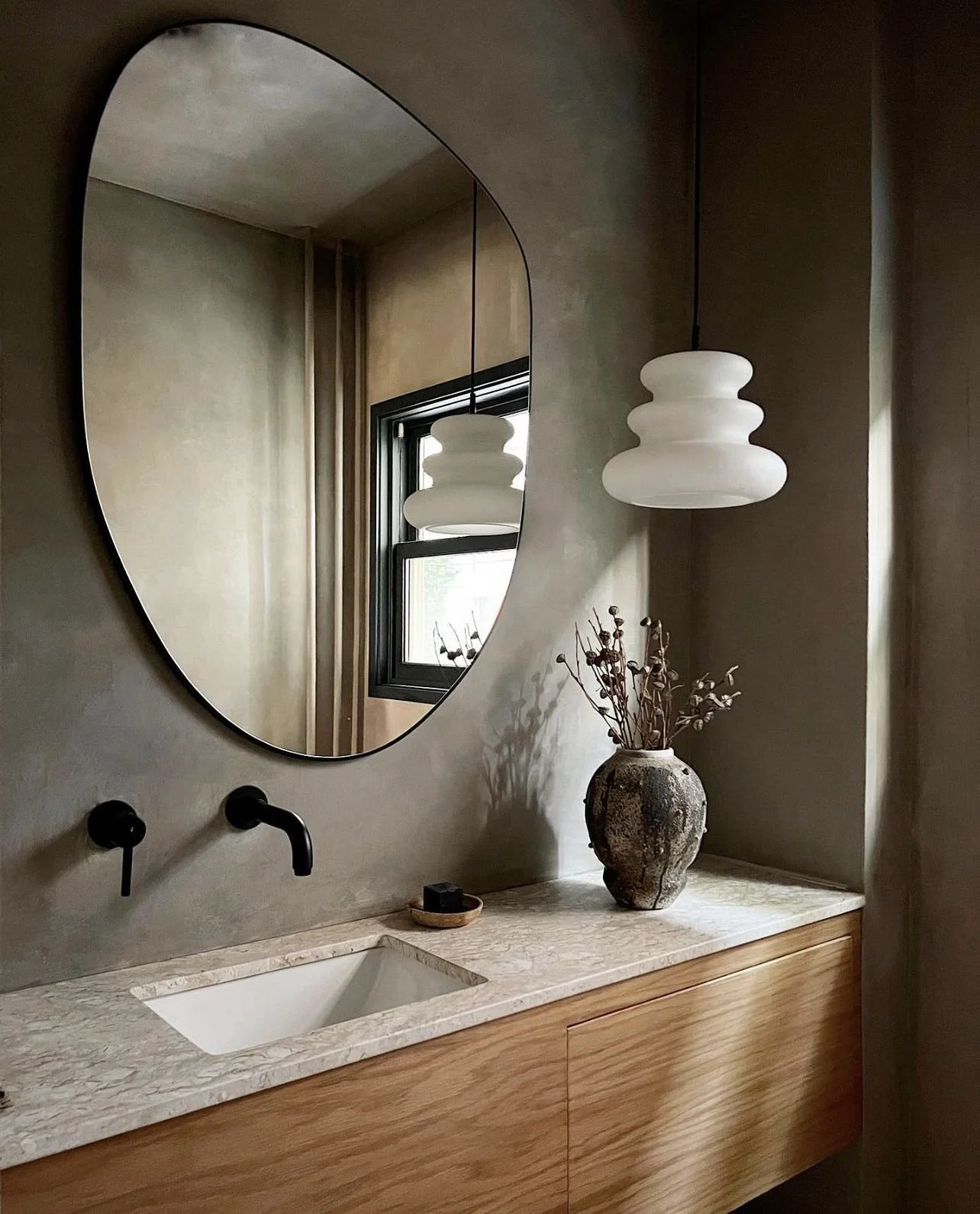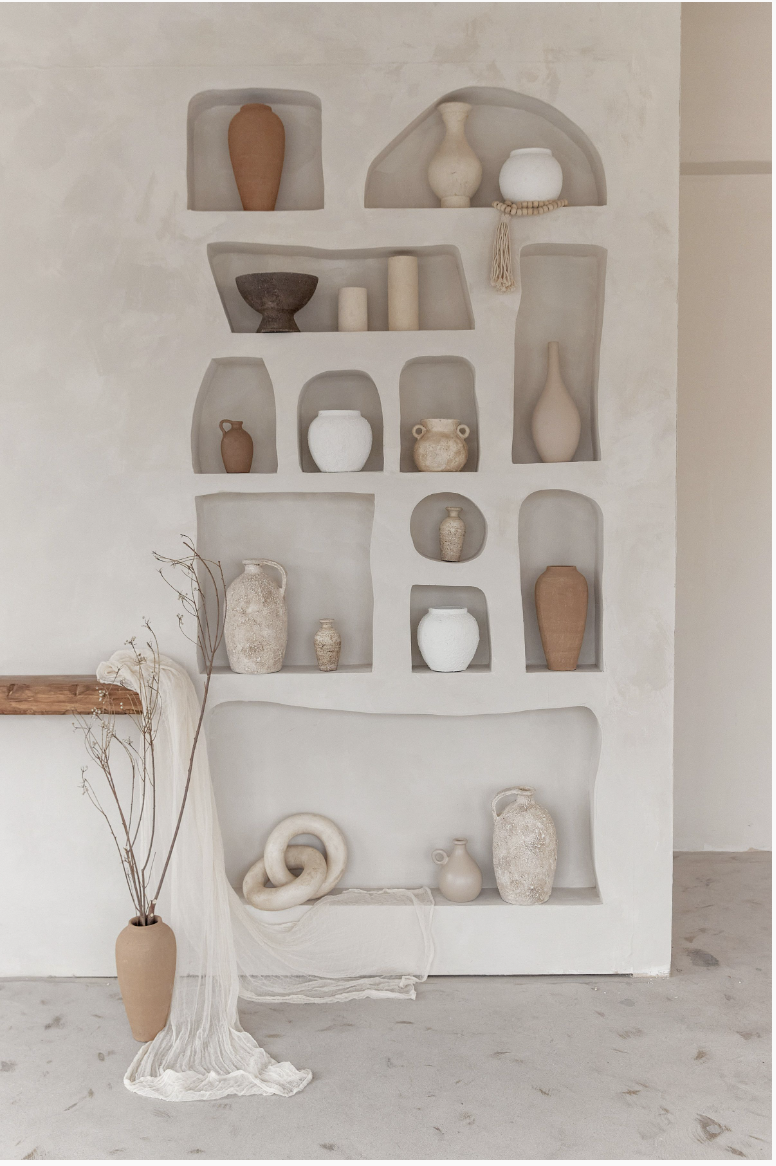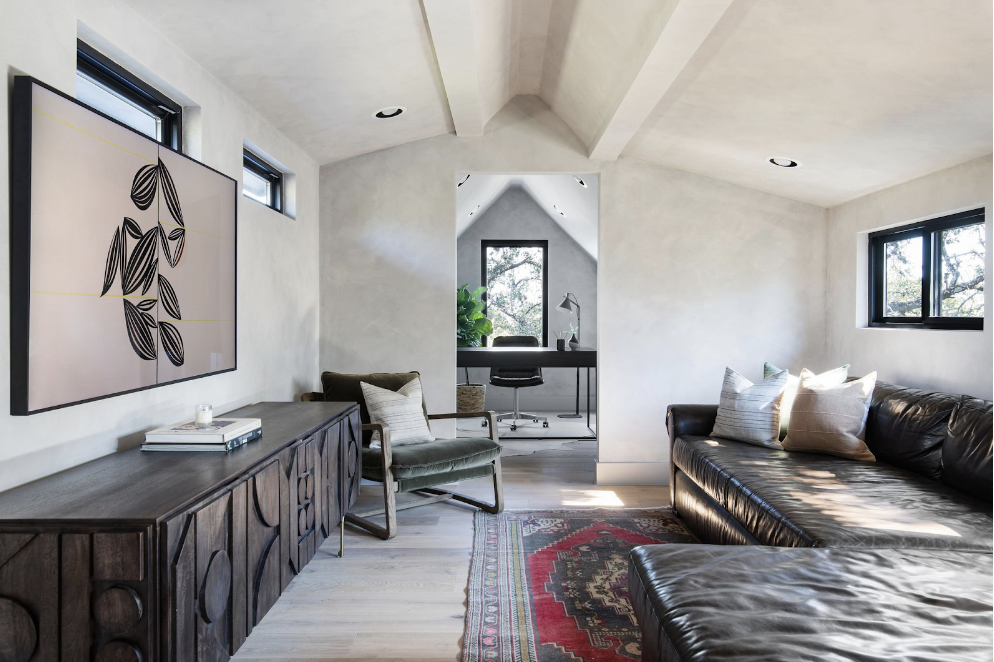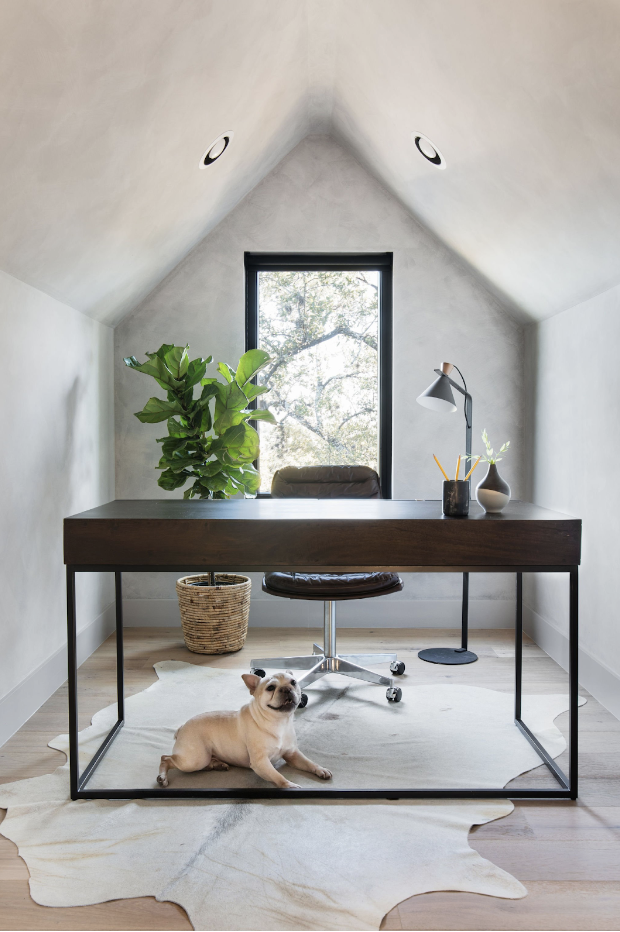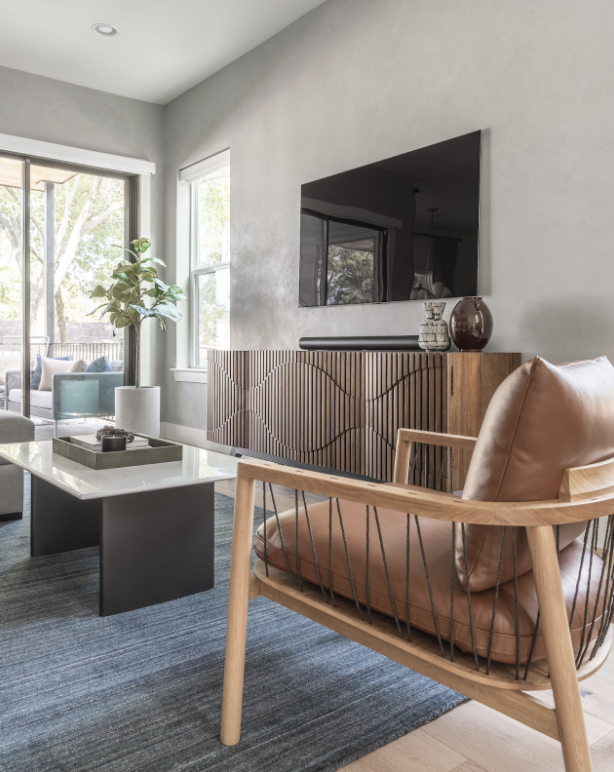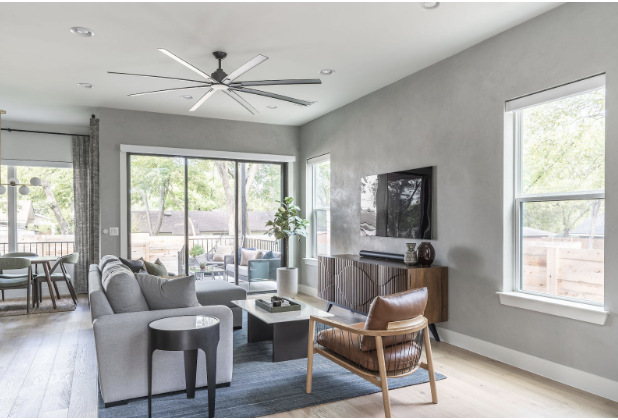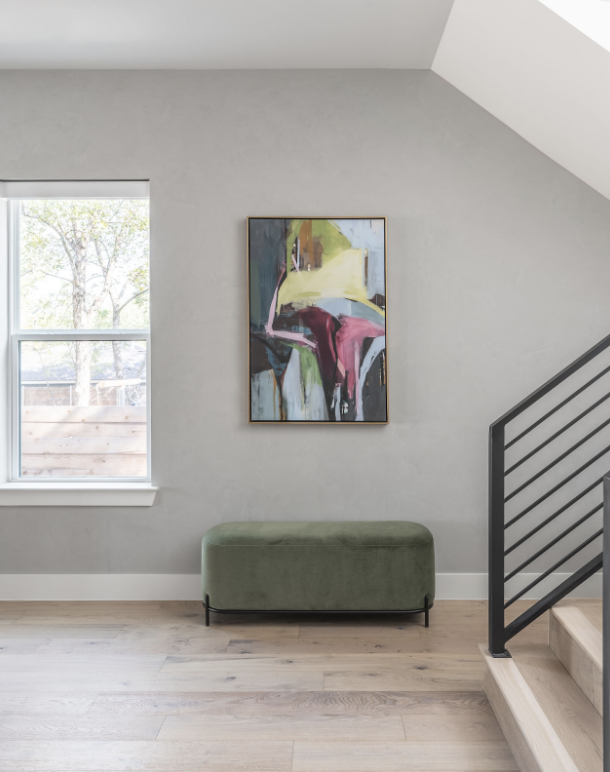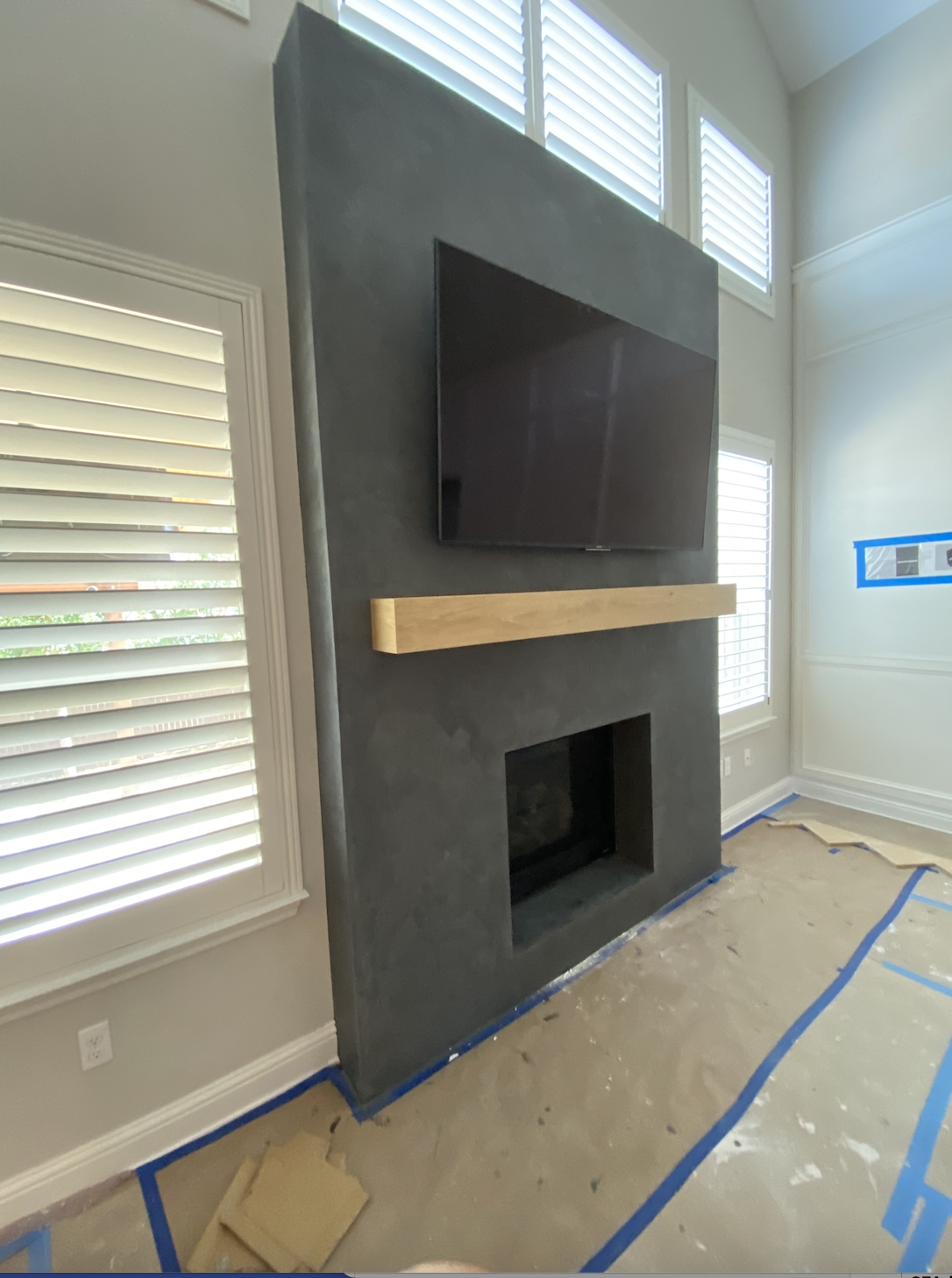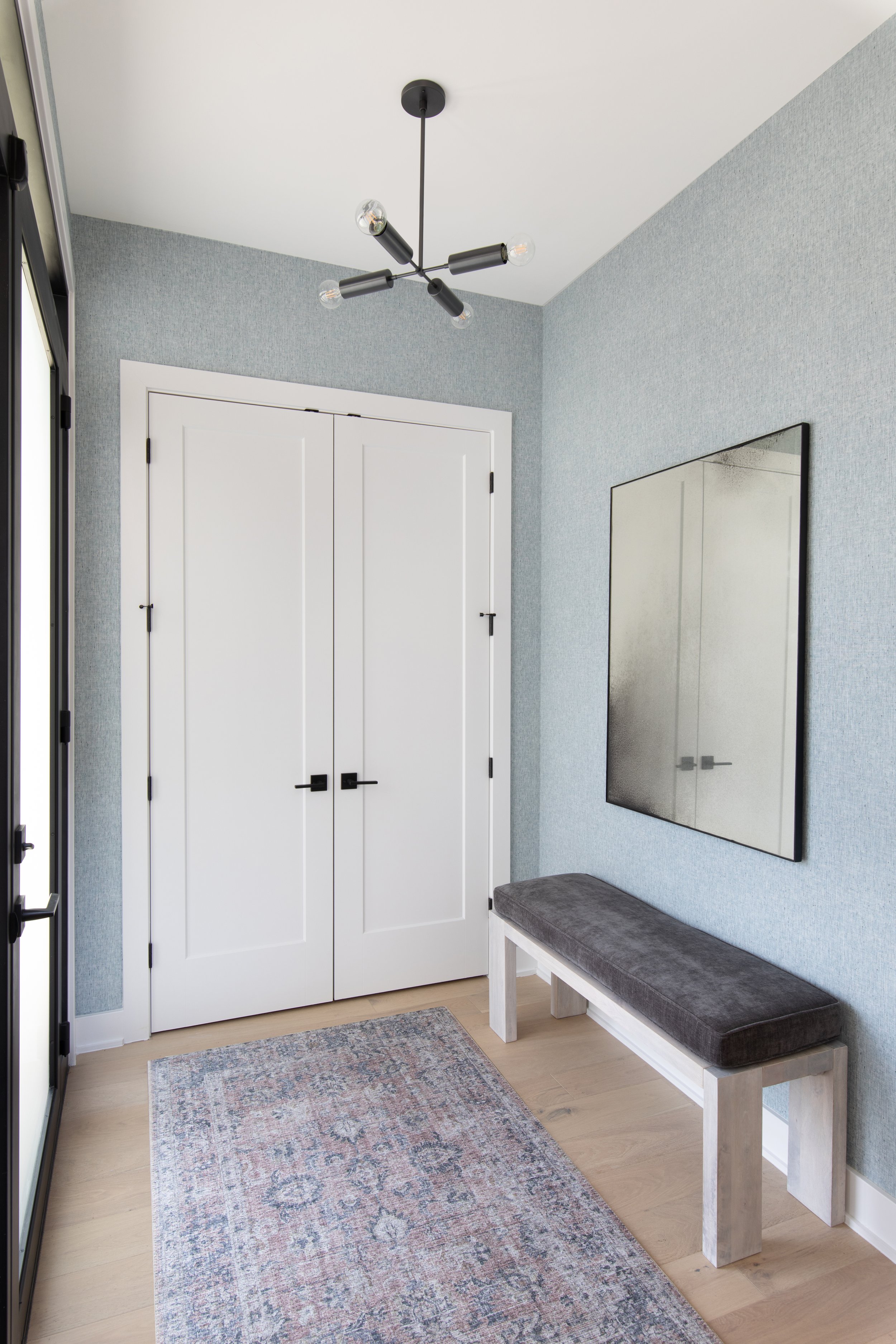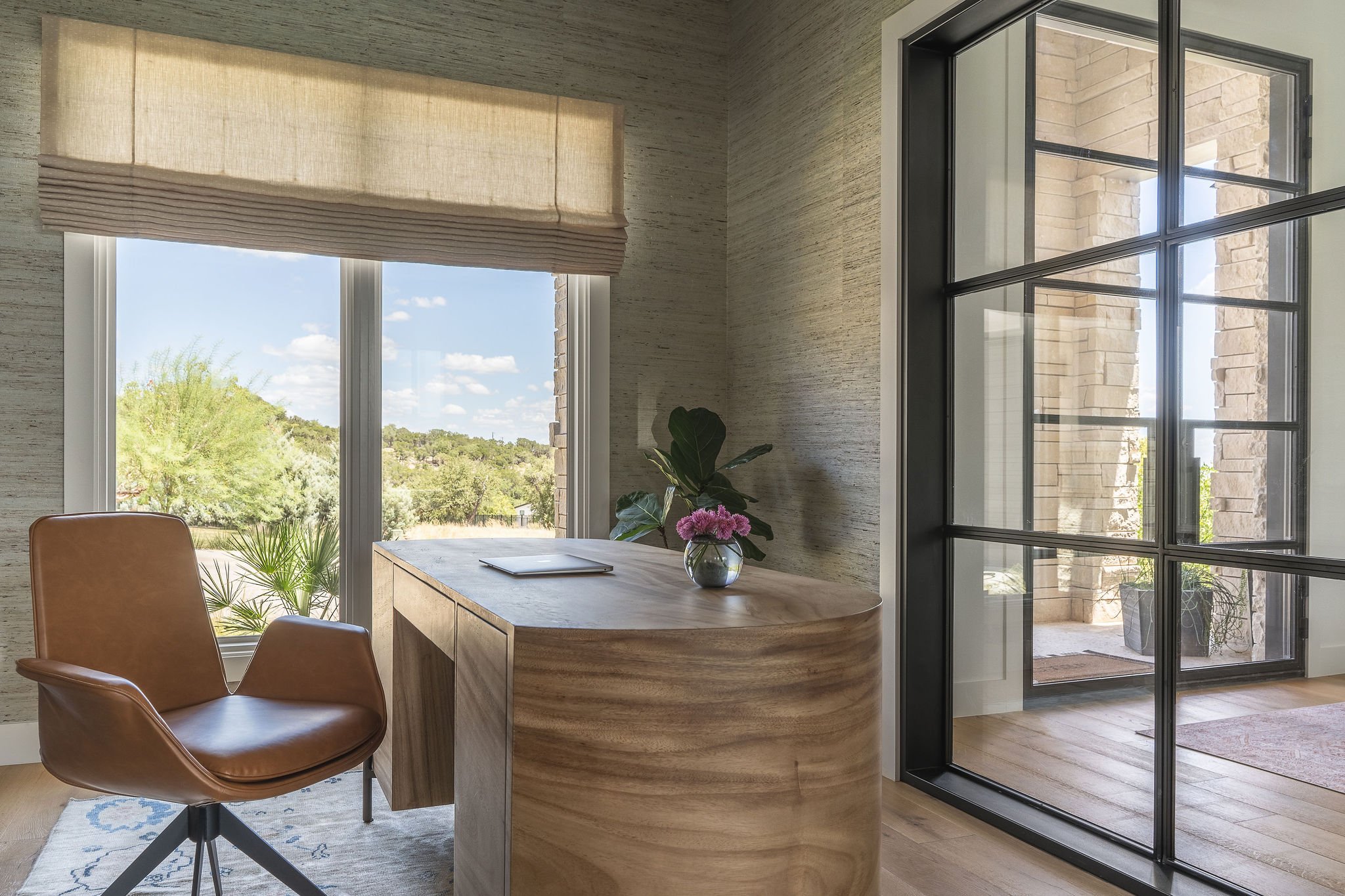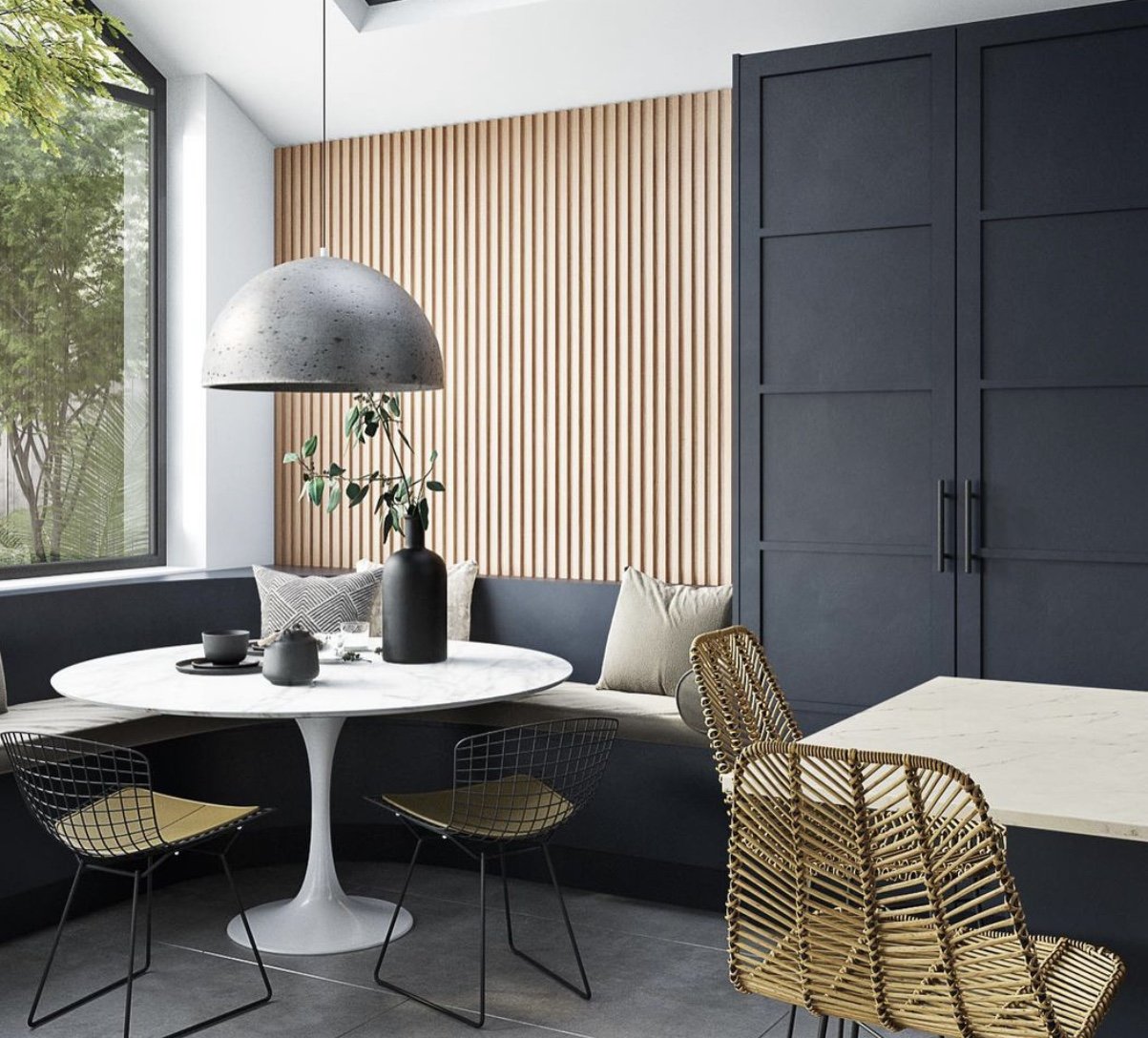All About Textured Walls: Our Top 4 Textured Wall Styles to Add Sophistication to Your Home
Have you been wanting to do something different with your walls, but you’re not into bold paint colors or prints? Then a neutral textured wall finish may be the perfect solution to add an elevated and polished look to your home. There are plenty of different techniques and styles for you to choose from.
This month on the blog, we’re diving into all things related to textured walls – including why you may want to try it in your home, and a few types we love and have incorporated into our projects. Keep reading for all the details below.
At Cameron Getter Design we love being able to incorporate beautiful textured walls into our projects. But if it’s something you’re not very familiar with or aren’t sure if it’ll work for you, you might be wondering – why should I include textured walls in my home design?
Textured walls are a great way to:
Add something unexpected and interesting to a space
Create an aged antique look
Instantly elevate a space
Make a fun design statement
You may think textured walls may only work for the types of spaces featured in design magazines, but they’re surprisingly versatile. When done well they can go in a range of spaces and suit a variety of styles.
We’re covering our 4 favorite types of textured walls – limewash paint, Venetian plaster, textured wallpaper, and wooden slats. Keep reading to learn more about each type and see examples of how we’ve used them in projects. This will give you a better idea of what may work in your home.
Limewash is a wall texturing technique that dates back to Roman times. It has a matte chalky finish and gets its texture from the brush strokes used during the application process. It’s made from crushed limestone that’s fired at high temperatures and then diluted with water and natural pigments. Limewash can be used as either an exterior or interior finish. Think of those historic buildings you see around Europe that have an aged patina – that’s limewash.
Inspiration from JH Wall Paints
We incorporated limewash in the third-floor den and office area of our Bouldin Creek project. The clients wanted to make this space stand out and accentuate the pitched ceiling so we knew a textured wall paint would work perfectly.
Bouldin Creek Project - Loft Den & Office Space
Since the space would be used as a media room for watching movies we wanted to use a darker color to create a cozy and moodier atmosphere than the rest of the home’s bright white walls. But we didn’t want to go too dark because the adjoining room is an office, so limewash in a medium gray created a perfect balance. The rest of the home has lots of neutrals and gray tones incorporated throughout, so it’s also very cohesive altogether.
Pros + Cons of Limewash
If you like the idea of adding some limewash to your home but aren’t sure if it’ll work for your lifestyle, check out the general pros and cons below.
Pros:
Stunning visual design statement
Versatile finish, can be customized
Breathable, eco-friendly, non-toxic, and hypoallergenic
Naturally bacteria-resistant
Absorbs odors
Traditionally comes in neutral earth tones, but now available in a variety of colors
Cons:
Can require several coats depending on the effect you want
May need a recoat
Not moisture resistant, but can be sealed with a waterproofer
Takes longer to apply than traditional paints or wallpaper
Venetian plaster is similar to limewash paint as it’s also an ancient technique made from ground and fired limestone. However, it’s mixed with less water for a thicker consistency. Once applied the finish can be shiny or matte with a marbled appearance. It doesn’t have the chalky patina finish of limewash.
We’ve used Venetian plaster in a couple of our projects: for our S. 4th Street living room and our Cardinal Flower fireplace that we just completed in August (professional photos to come!).
In our S. 4th Street project, the home had an open floor plan, with a kitchen, dining, and living area on the first floor. Since this was a large open space, we wanted to create room distinction by adding texture to the living room walls. We chose a light gray color so the change would be subtle and we also added drapery in the dining area to balance the gray-to-white wall color transition. The finish adds visual texture and elevates the living room. We carried the Venetian plaster finish over to the built-in bar area below the staircase where there was a backsplash tile adding another element of textural interest to the space.
In our Cardinal Flower project, the clients wanted a modern, dramatic fireplace to be the focal point of their living room. As they were looking through design photos for inspiration they settled on a built-out fireplace wall finished in black Venetian plaster. The dark Venetian plaster contrasts beautifully with the light walls and the white oak mantle, while also tying into the black accents throughout the space. Below is a work in progress shot, with professional photos coming soon!
In both spaces, the Venetian plaster accents add sophistication, texture, and visual interest to the rooms.
Pros + Cons of Venetian Plaster
If you like the look of Venetian plaster but want to learn a little more about the pros and cons, before including it in your home design, we’ve got you covered.
Pros:
Visually beautiful
Highly customizable
Naturally breathable, mold-resistant, and mildew-resistant
Non-toxic
Absorbs sound
Once sealed, relatively low maintenance
Like limewash most often seen in neutral tones, but also can be found in a wide range of colors
Cons:
More laborious application process than paint or wallpaper
Not waterproof, requires sealant
Can be scratched, chipped, or scuffed if not careful
Another unique wall finish you may want to consider is textured wallpaper. While you might associate wallpaper with busy dated patterns, it comes in unlimited options. While a bold print is certainly fun, we also love a more neutral textured option that makes a space feel elegant.
Textured wallpaper, unlike traditional wallpaper which features a print or pattern on a flat or smooth surface, has a raised and textured surface. They usually have a woven texture and are made of grasscloth or other types of textile blends.
Philip Jefferies, Vinyl Seaside Linen Wallpaper
In the entryway of our Crestview project, we incorporated Philip Jefferies Vinyl Seaside Linen wallpaper in Marina Blue. This wallpaper makes a fun statement for the entryway, setting the design tone for the space as we incorporated blue accents throughout the rest of the home.
Philip Jefferies Soho Hemp Grasscloth Wallpaper
In our Rugged Earth project, the dining room niche called for an extra special touch. To enhance the niche, we used a Philip Jefferies Soho Hemp wallpaper in black and white. The darker color really pops against the surrounding white walls and light wood sideboard. The black and white photograph centered in the niche adds the perfect finishing touch. The complete look adds drama to the room creating a sophisticated aesthetic.
Philip Jefferies Extra Fine Arrowroot Wallpaper
For the office of our Serene Estates project, we covered all four walls in a Philip Jefferies Extra Fine Arrowroot wallpaper in Solitude. When we were designing this space the inspiration was the Turkish rug we purchased while on a buying trip at Round Top Antiques Fair. The patterned rug has a range of muted colors which informed the pallet for the rest of the space. The textured wallpaper compliments all the design elements in the space, including the curved wooden desk, black metal bookcase, and bold abstract painting.
Pros and Cons of Textured Wallpaper
If textured wallpaper seems more up your alley rather than plaster or lime wash finish, we’re reviewing some of the benefits and disadvantages. Note that much of this will depend on the type of wallpaper you choose, so use this as a loose guide.
Pros:
Elevates a space
Installation is easier than a plaster-type finish
Huge range of colors, paper types, and levels of texture to choose from
Easier to remove than plaster or limewash if you want to change the wall color/finish
Cons:
Not moisture resistant or waterproof and can be damaged by a water leak
Can be more costly overall for the wallpaper and installation labor
Another type of textured wall finish that we have not had the opportunity to try in one of our projects but love the aesthetic is wood-slatted walls. If you’re not familiar with this design trend, wood-slatted walls are made up of a series of vertical or horizontal strips of wood, usually about .5 - 2 inches in width. It can be used both as an interior or exterior wall finish. They can be used as a decorative accent on top of an existing wall or as an addition to an otherwise empty space as a screen or room divider.
Kitchen Nook, Sola Kitchens
They’re extremely versatile as you can use different woods with varying stains or paint to get a range of colors – from light natural wood to very dark painted or stained wood. You can also change the pattern of the slats in different thicknesses for a variety of looks. Better yet, a slatted feature can work in nearly any type of room or space, inside and out.
Guest Bedroom, Henna Gardner Designs
We love bringing the outdoors inside and incorporating natural materials in your interior design is a perfect way to do that. Adding a wood-slatted wall is a great way to add an unexpected and interesting design element to any room.
Pros and Cons of Wood-Slatted Walls
To learn more about the benefits and drawbacks of wood slats or panels, check out our summary below.
Pros:
Unique design statement
Versatile and customizable
Low maintenance
Eco-friendly
Can help insulate your home
Relatively easy to fix if it becomes dented or scratched
Cons:
Installation can be labor intensive
Wood needs to be sealed for protection
The bottom line is textured walls are a great way to make your home feel unique and sophisticated. Each one of these options is versatile and can go with a range of styles, the right type for you will depend upon your lifestyle and the aesthetic you want.
Loving these textured wall ideas and want to learn more about how to incorporate one (or more!) into your home design? We’d love to help! At Cameron Getter Design, a full-service interior design firm, we create beautiful spaces that are uniquely tailored to our clients. Contact us today to tell us about your dream home.




